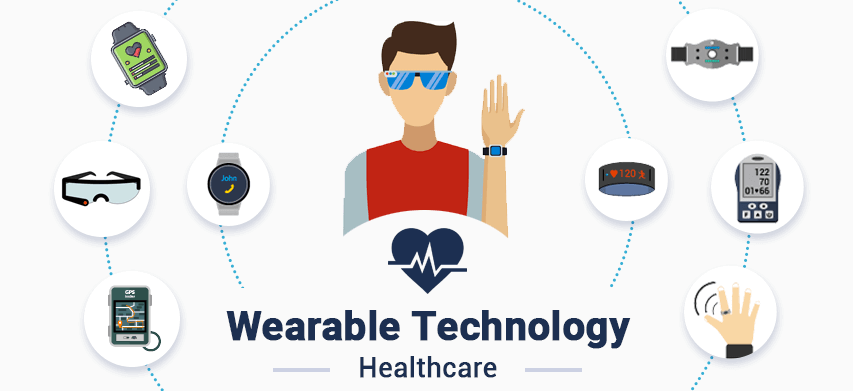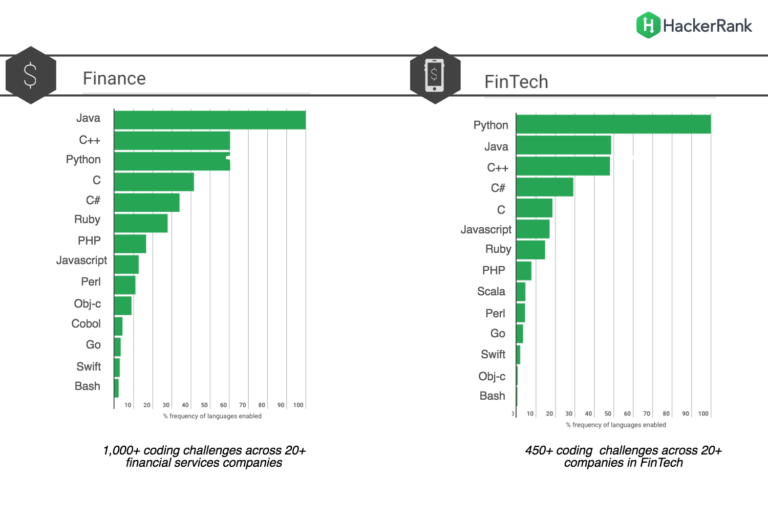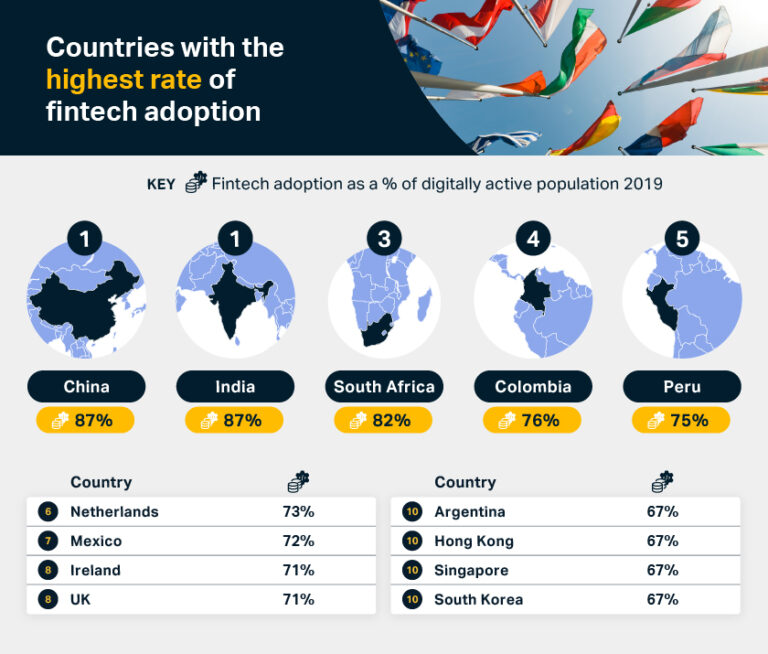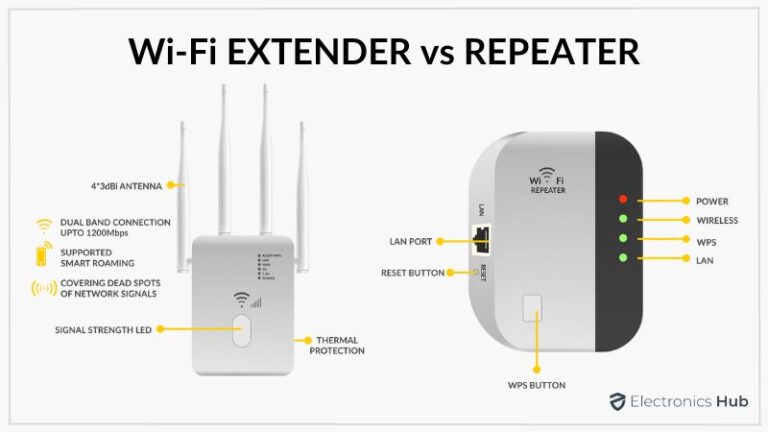What Are The Uses Of Smart Medical Devices And Wearables?
Smart medical devices and wearables are devices that use technology to help people manage and monitor their health. These devices can track vital signs, such as heart rate and blood pressure, as well as provide feedback on exercise and nutrition. Smart medical devices and wearables can also be used to monitor chronic illnesses, store medical records, and even diagnose illnesses. In addition, they can help increase patient compliance with medical treatments and provide personalized healthcare services. With the use of these devices, healthcare providers can better monitor and manage patients’ health, leading to improved patient outcomes.
Overview of Smart Medical Devices and Wearables
Smart medical devices and wearables are becoming increasingly popular in the healthcare industry. These devices are used to monitor and manage a range of patient health data such as vital signs, heart rate, and blood pressure. Smart medical devices and wearables also have the potential to revolutionize the way healthcare is delivered. They can be used to remotely collect and analyze patient data, provide patients with more personalized care, and provide doctors with better insights into patient health.
Smart medical devices and wearables come in a variety of shapes and sizes. They range from fitness trackers to smartwatches to medical implants. Some of the most common types of wearables are fitness trackers, activity trackers, sleep trackers, and smartwatches. These devices are used to monitor a range of vital signs and health metrics, such as heart rate, blood pressure, oxygen saturation, and sleep quality.
Smart medical devices and wearables can also be used to monitor and manage chronic conditions, such as diabetes and hypertension. These devices can provide real-time data and alerts to help doctors and patients manage chronic conditions more effectively. Smart medical devices and wearables can also be used to improve patient adherence to treatment plans and to help reduce hospital readmission rates.
In short, smart medical devices and wearables are revolutionizing the way healthcare is delivered. These devices are providing patients with more personalized care, doctors with better insights into patient health, and helping to reduce hospital readmission rates. Smart medical devices and wearables are the future of healthcare and will continue to play an important role in the healthcare industry.
Benefits of Smart Medical Devices and Wearables
Smart medical devices and wearables are quickly becoming a major part of people’s daily lives. These devices are revolutionizing the healthcare industry, providing patients with access to better health care, improved healthcare outcomes, and more affordable healthcare options. Smart medical devices and wearables offer a variety of benefits, including improved mobility, better monitoring of health conditions, and a more personalized approach to healthcare. They offer a host of advantages over traditional medical devices, such as real-time tracking of health data, timely access to medical information, and cost-effectiveness. Smart medical devices and wearables can also help individuals stay more active, monitor their health, and become more involved in their own health care decisions. With the continued advancement of these devices and wearables, it’s likely that we will continue to see new and exciting uses for them in the near future.
Types of Smart Medical Devices and Wearables
Smart medical devices and wearables are emerging as powerful tools for improving health outcomes and delivering more personalized care. These devices come in a variety of forms, ranging from simple fitness trackers to complex body-monitoring systems. Some of the most common types of smart medical devices and wearables include:
1. Activity Trackers: Activity trackers are small, wearable devices that measure physical activity and provide real-time feedback on performance. They can be used to monitor and motivate healthy habits, such as exercise and sleep.
2. Heart Rate Monitors: Heart rate monitors are devices that are worn on the wrist or chest to measure heart rate in real time. They can be used to track and monitor heart health during physical activity.
3. Blood Pressure Monitors: Blood pressure monitors measure blood pressure in real time and can alert users to any changes in their blood pressure. They can be used to monitor and manage high blood pressure, a risk factor for heart disease.
4. Glucose Monitors: Glucose monitors measure blood glucose levels in real time and can be used to monitor and manage diabetes. They provide individuals with the data they need to make informed decisions about their health and lifestyle.
5. Digital Thermometers: Digital thermometers measure body temperature in real time and can be used to monitor and manage fever and other illnesses.
The use of smart medical devices and wearables is growing rapidly, as they offer individuals and healthcare providers an unprecedented level of insight into their health and performance. By providing real-time data and feedback, these devices are helping to empower individuals to take control of their health and improve outcomes.

Challenges Associated with Smart Medical Devices and Wearables
Smart medical devices and wearables have become increasingly popular in recent years, providing healthcare professionals with invaluable tools to help diagnose and treat medical conditions. However, as with any technological advancement, these revolutionary devices come with their own set of challenges. In order to ensure that these tools are used to their fullest potential, healthcare professionals must be aware of the potential issues that may arise with these devices.
One of the primary challenges associated with smart medical devices and wearables is accuracy. It is important to remember that these devices are not infallible and may produce inaccurate results due to a variety of factors, including improperly calibrated sensors or incorrect data entry. Additionally, the data provided by these devices may be subject to interpretation, which can lead to errors in diagnosis or treatment.
Another issue with these devices is user compliance. Patients may not always use the device correctly or for the intended purpose, which can lead to inaccurate results or incorrect diagnoses. Additionally, patients may be reluctant to use the device due to fear of the unknown or a lack of understanding of how it works.
Finally, there is the issue of privacy and security. Smart medical devices and wearables can collect a wealth of personal data, and there are concerns that this data could be misused or fall into the wrong hands. Additionally, there is a risk that the data collected by the device could be compromised or hacked, resulting in a breach of confidential patient information.
In conclusion, while smart medical devices and wearables can provide healthcare professionals with invaluable tools to diagnose and treat medical conditions, there are a number of potential challenges associated with their use. It is important for healthcare professionals to be aware of these potential issues and take the necessary steps to ensure the accuracy and security of the data collected by these devices.
Regulations Around Smart Medical Devices and Wearables
Smart medical devices and wearables are increasingly being used for medical purposes. Regulations around their usage are becoming more stringent, as the technology advances. With the rise of the Internet of Medical Things (IoMT) and the increasing number of medical devices connected to the internet, the security of these devices is also becoming more important. Governments are imposing stricter regulations to ensure that medical devices are safe and secure.
Regulations typically involve the use of Secure Software Development Lifecycle (SSDLC) to ensure that the software is secure and compliant with industry standards. This includes requirements for data encryption, authentication, and other security measures. In addition, there are requirements for medical device manufacturers to have a quality management system in place and to ensure that the device is tested and validated before it is released to the market.
Regulations also dictate the data that must be collected from the device and how it is stored. This can include patient information, such as medical history, symptoms, and treatments. This data must be securely stored and must be accessible only to authorized personnel.
In addition, there are regulations around device labeling and advertising, as well as the use of the device with other medical devices. For example, a device may need to be certified before it can be used with other medical devices, such as a pacemaker.
The regulations around smart medical devices and wearables are important to ensure that the devices are safe and secure. It is important for medical device manufacturers to understand and comply with these regulations in order to protect patients and ensure the safety of the device.
Future of Smart Medical Devices and Wearables
The future of smart medical devices and wearables is here and it is changing the way healthcare is delivered. Smart medical devices and wearables are revolutionizing the healthcare industry by providing real-time data, better patient monitoring, and improved access to care. Smart medical devices and wearables have the potential to improve the quality of care and reduce costs.
Smart medical devices and wearables are transforming the way healthcare is delivered by providing real-time data. These devices measure vital signs, such as temperature, oxygen levels, and blood pressure, and can provide more accurate assessments of a patient’s health. This real-time data can help doctors make better decisions, and can even alert doctors to potential problems before they become serious.
Smart medical devices and wearables also offer better patient monitoring. These devices can track a patient’s activity levels, diet, and sleep, providing valuable insights into their overall health. By monitoring patient health, doctors can more effectively manage patient care and provide timely interventions.
Smart medical devices and wearables also provide improved access to care. Wearables can monitor a patient’s vital signs remotely, allowing doctors to provide care remotely and more quickly. This improved access to care can help reduce wait times for patients and improve overall patient satisfaction.
Smart medical devices and wearables are changing the way healthcare is delivered and have the potential to improve the quality of care and reduce costs. As these devices become more advanced, they will continue to revolutionize the way healthcare is delivered and create a more efficient, effective, and accessible healthcare system.
FAQs About the What Are The Uses Of Smart Medical Devices And Wearables?
1. What are the main benefits of using smart medical devices and wearables?
Answer: Smart medical devices and wearables allow patients to monitor their health in real-time, track activity levels, and receive reminders for medication and appointments. This can help to improve overall health and wellbeing.
2. Are smart medical devices and wearables safe to use?
Answer: Yes, smart medical devices and wearables are generally safe to use. However, it is recommended to follow the manufacturer’s instructions when using any medical device.
3. Are smart medical devices and wearables covered by insurance?
Answer: It depends on the type of device and insurance plan. Some insurance companies will provide coverage for certain types of smart medical devices and wearables, but it is best to contact your insurance provider to confirm coverage.
Conclusion
Smart medical devices and wearables are revolutionizing the healthcare industry by allowing for faster, more accurate diagnoses and treatments. These devices and wearables provide real-time monitoring of a person’s vital signs, allowing healthcare providers to identify signs of illness and take action quickly. Additionally, these devices can provide patients with more information about their condition, enabling them to make more informed decisions about their care. Smart medical devices and wearables are thus becoming increasingly popular, and their uses will only continue to expand and improve in the future.





